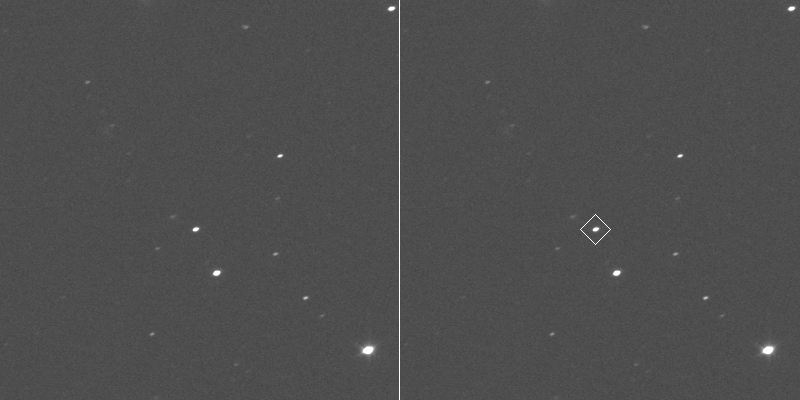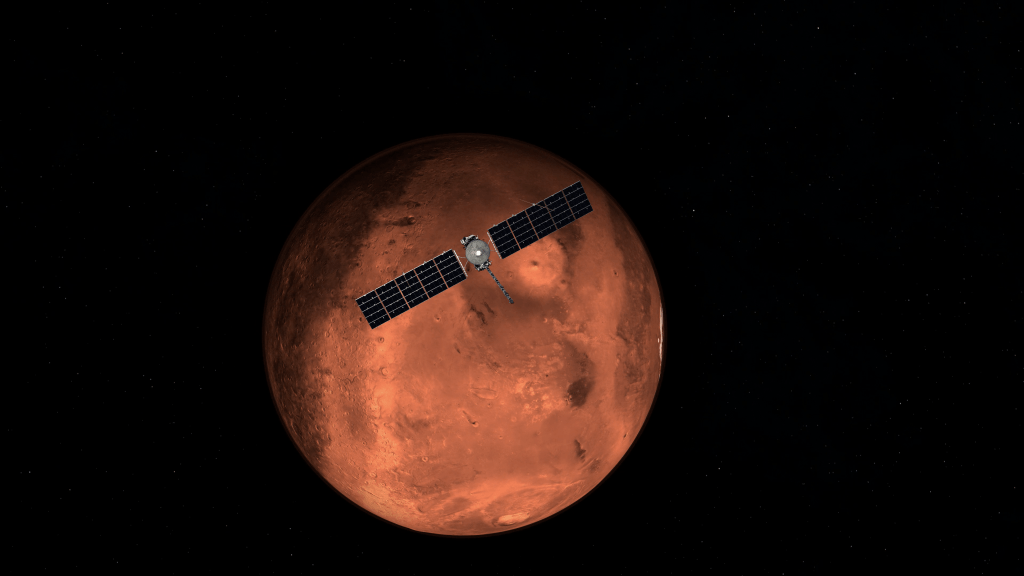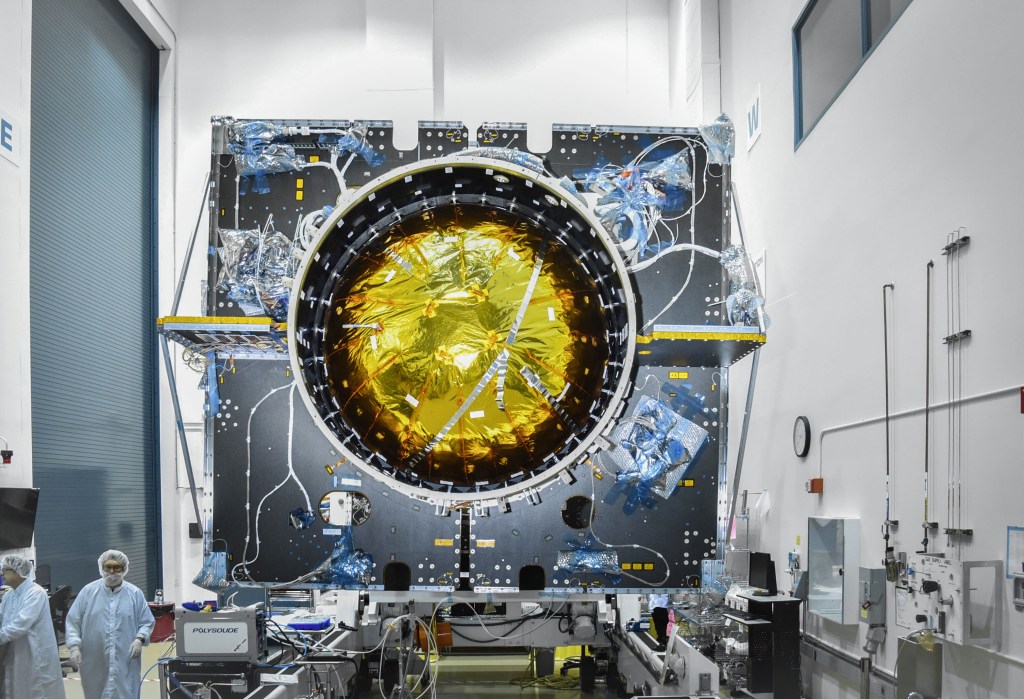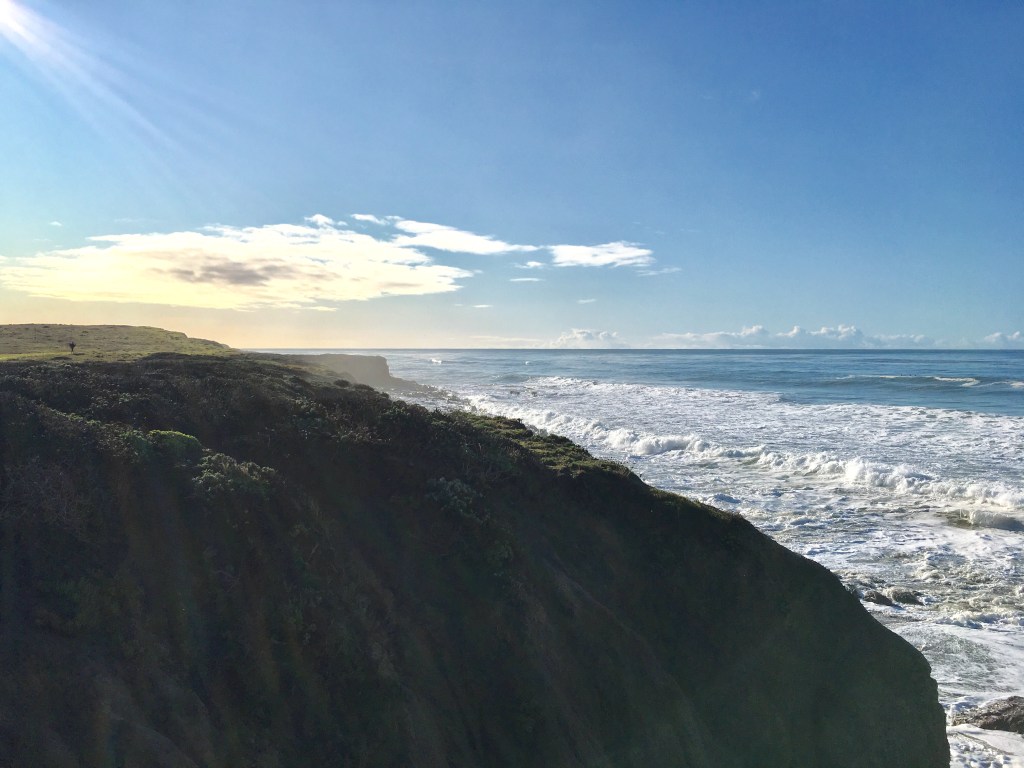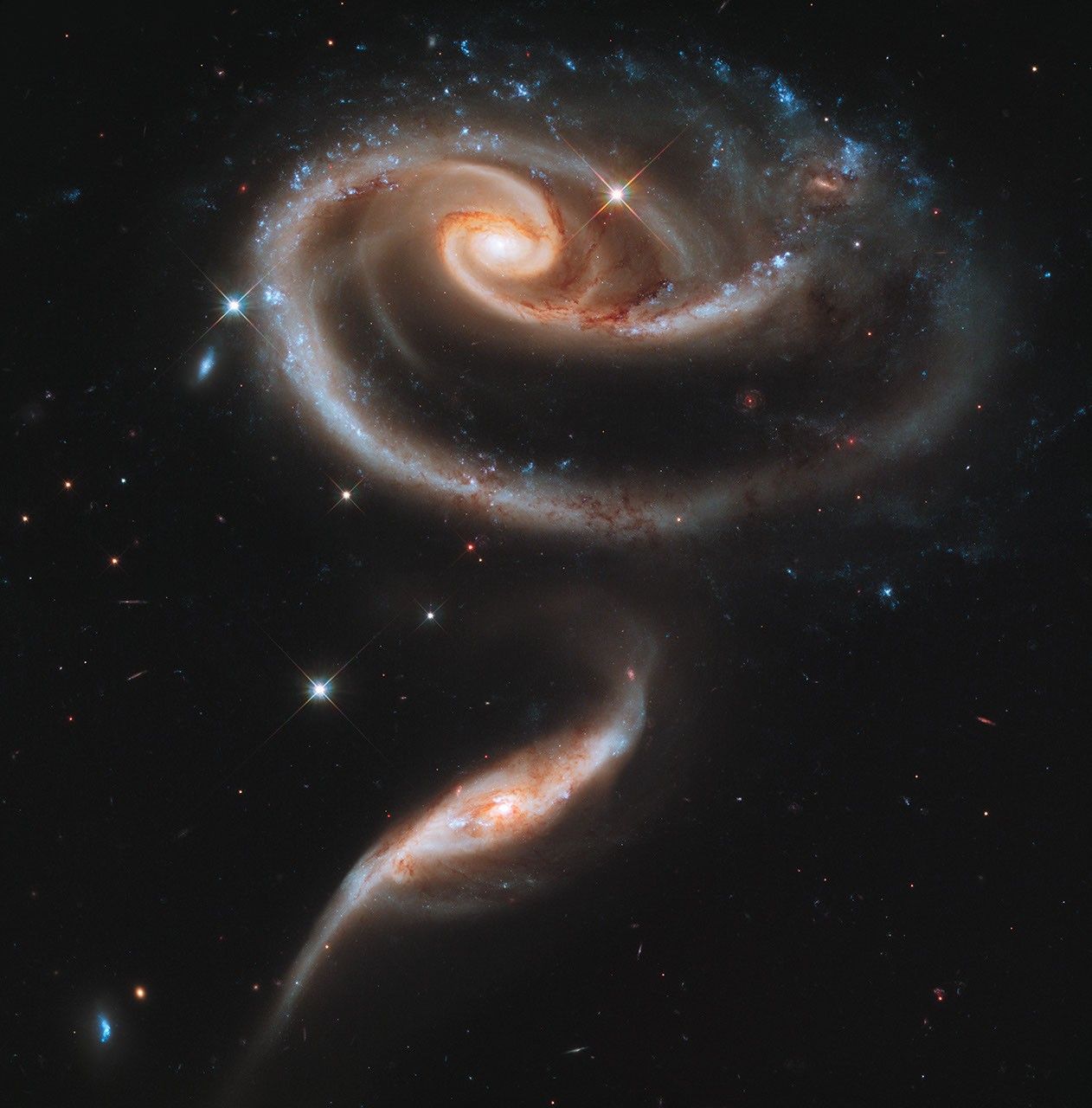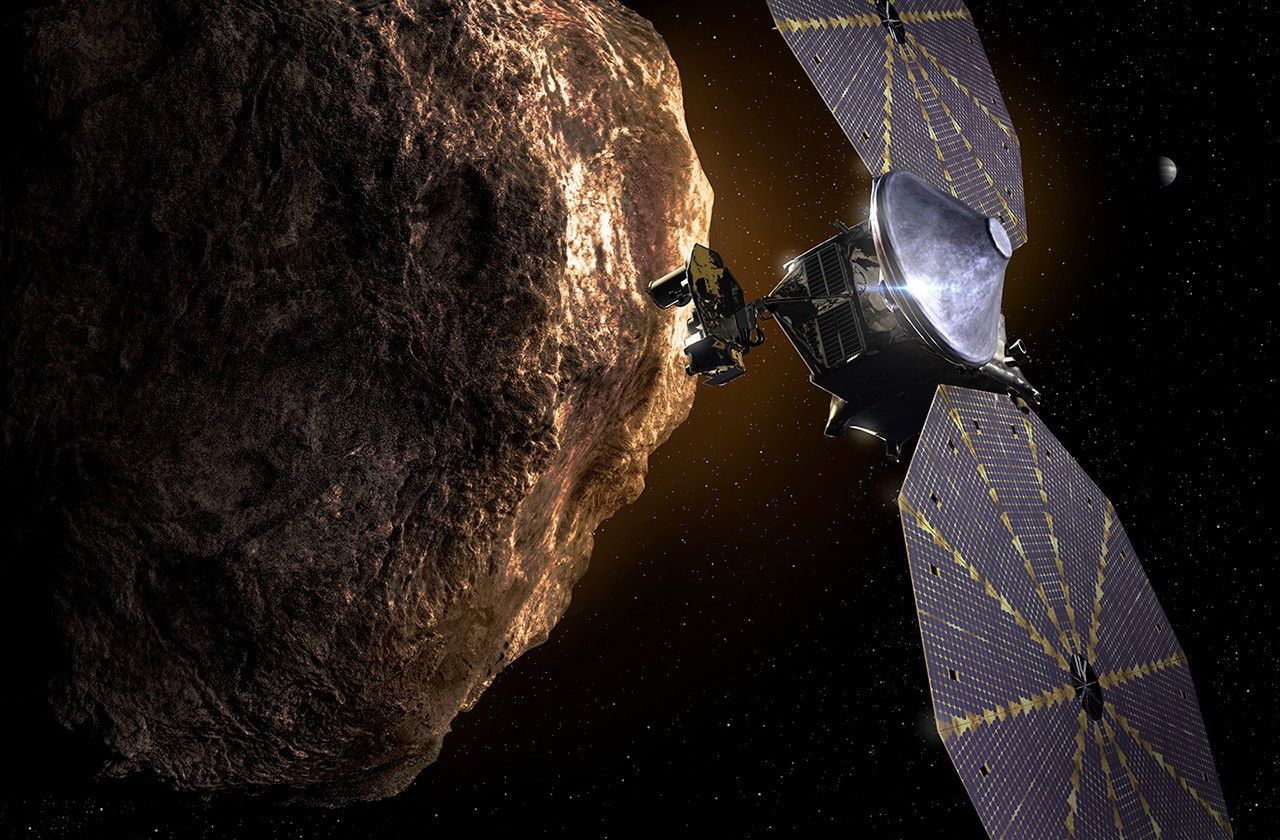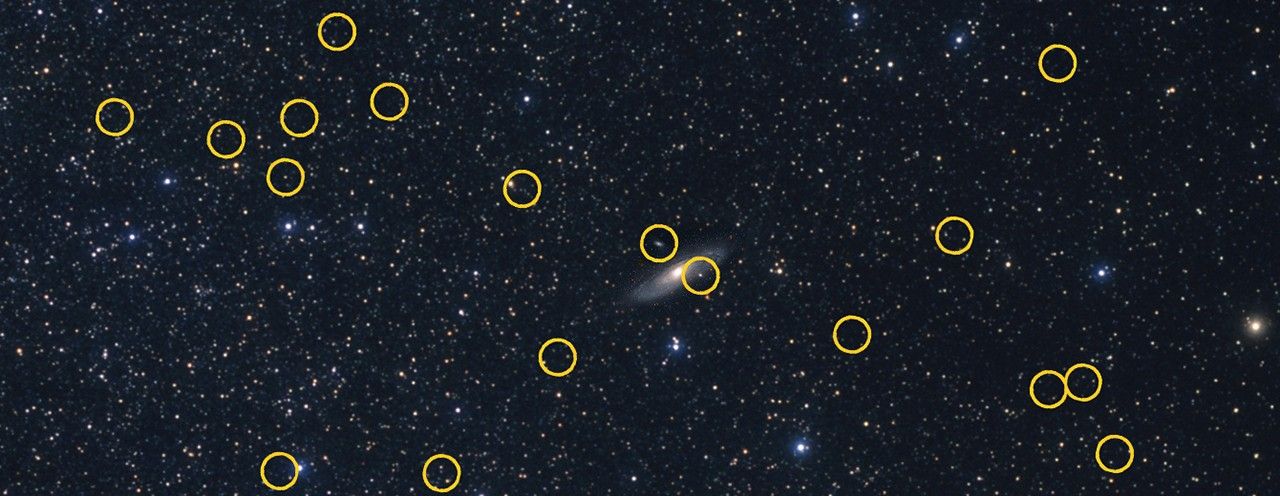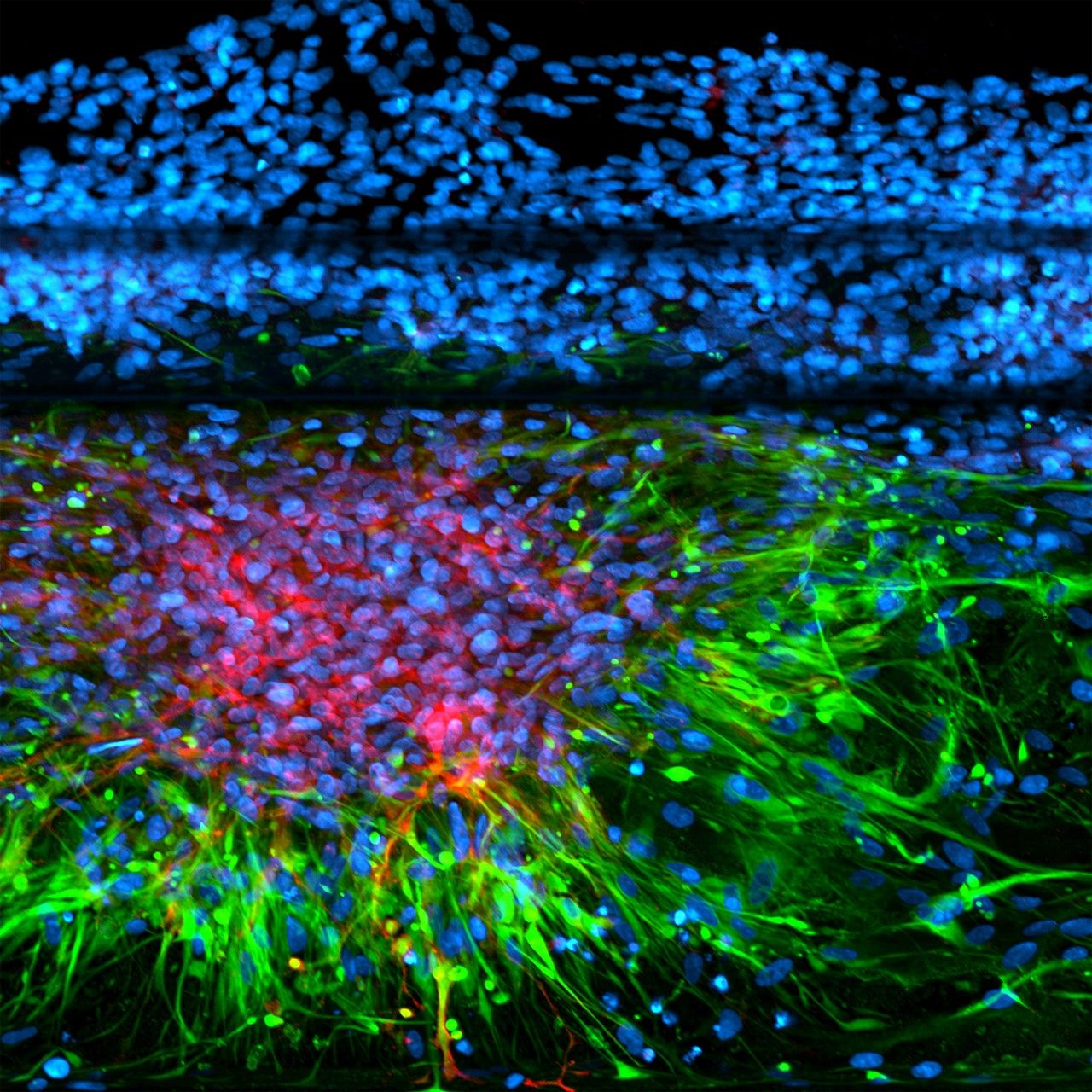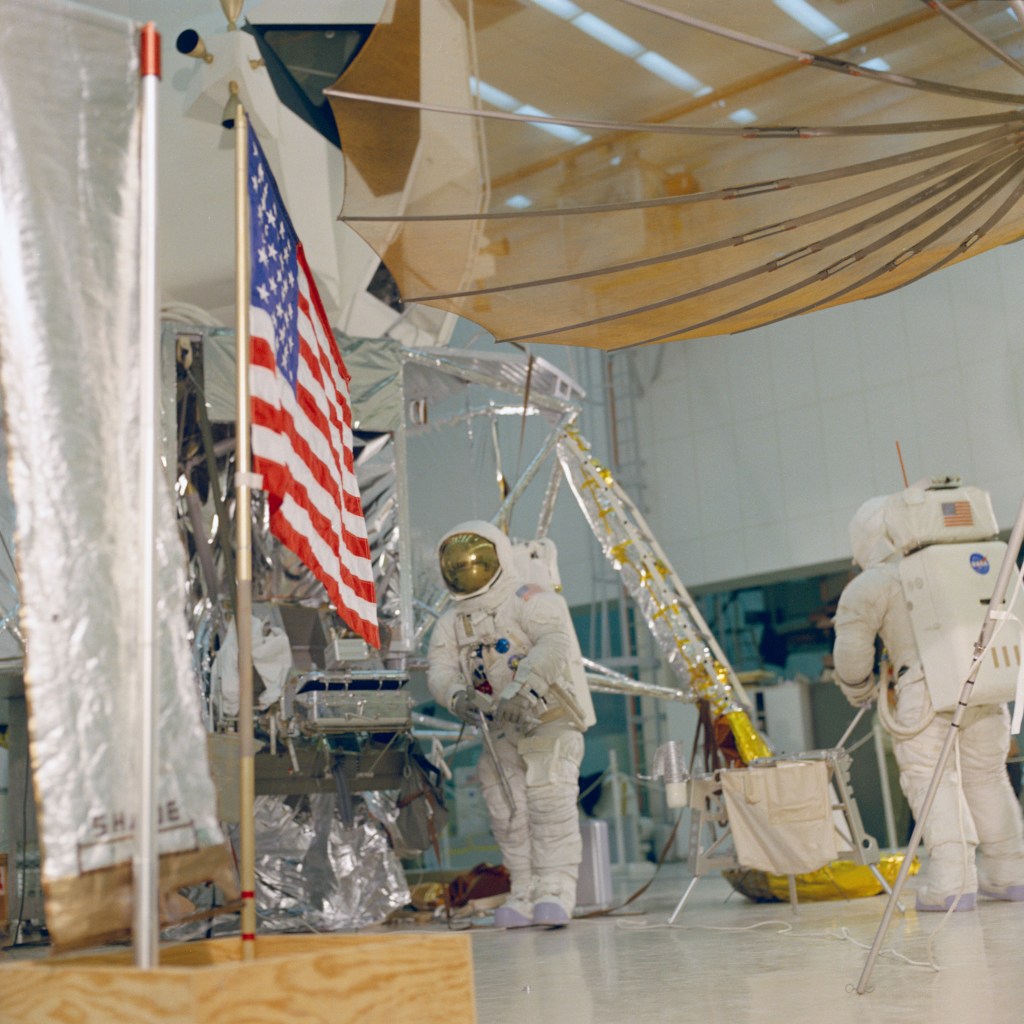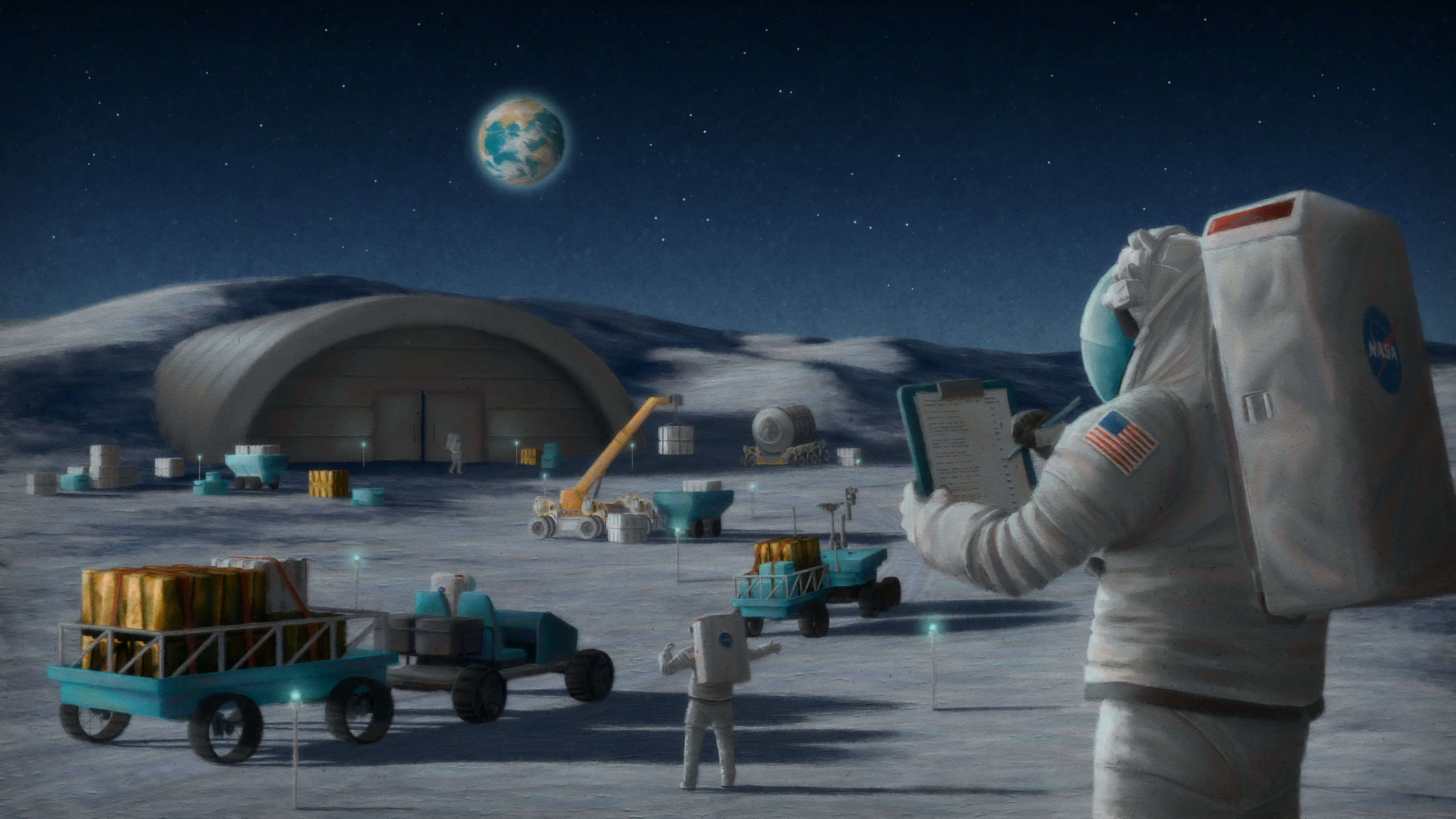Gas Giant Exoplanets
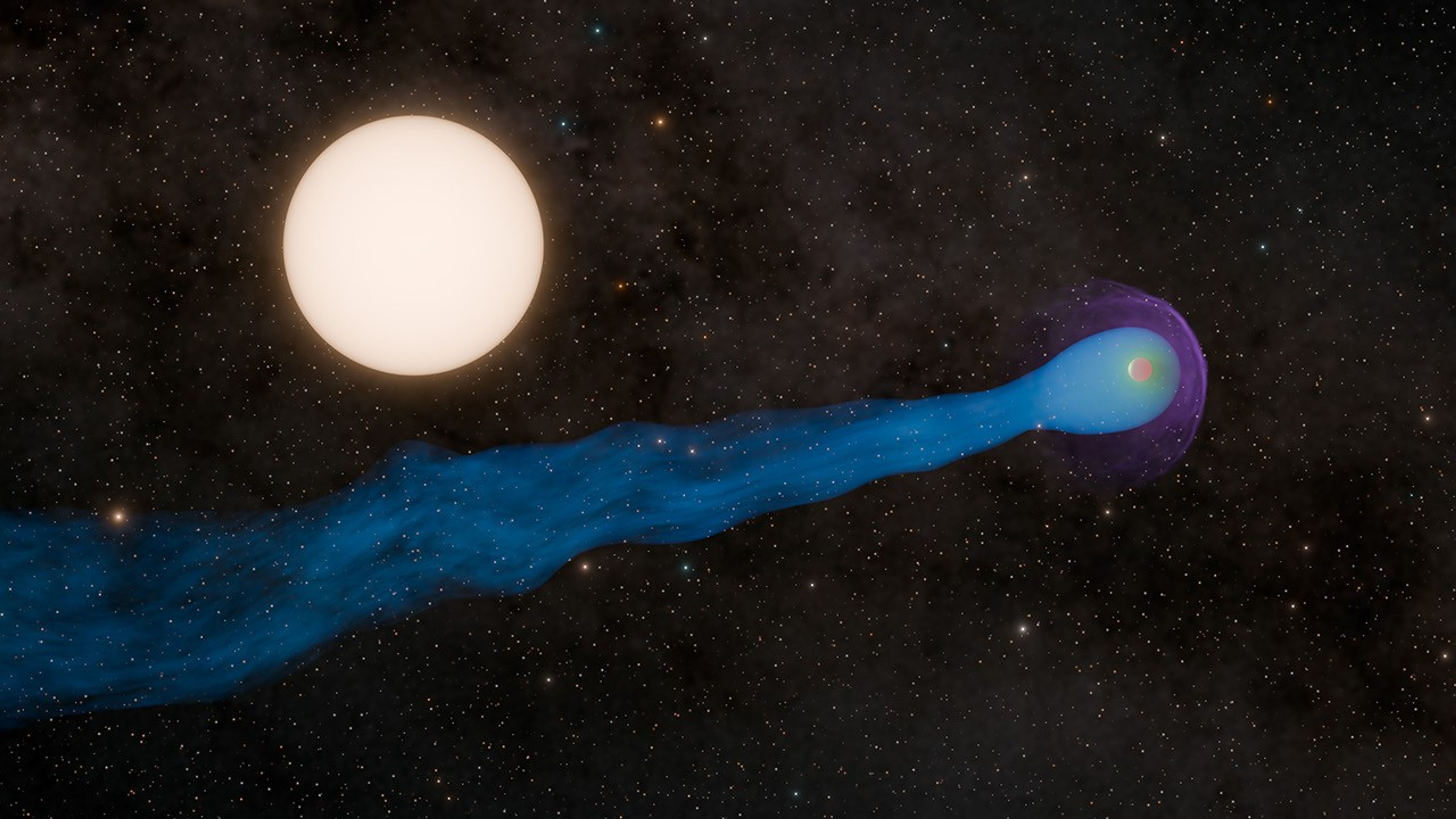
The Planet WASP-69 b The Discovery The exoplanet WASP-69 b has a “tail,” leaving a trail of gas in its…

The existence of a moon located outside our solar system has never been confirmed but a new NASA-led study may…
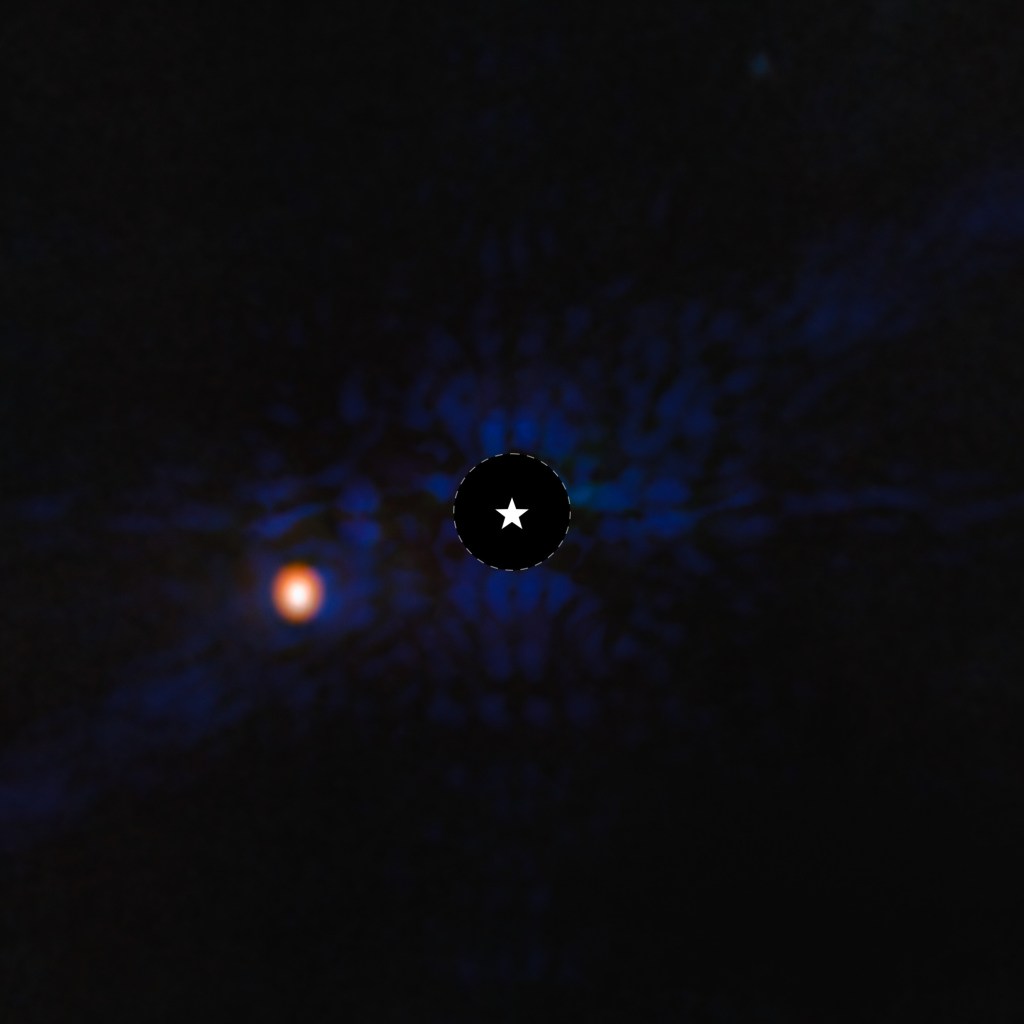
An international team of astronomers using NASA’s James Webb Space Telescope has directly imaged an exoplanet roughly 12 light-years from…
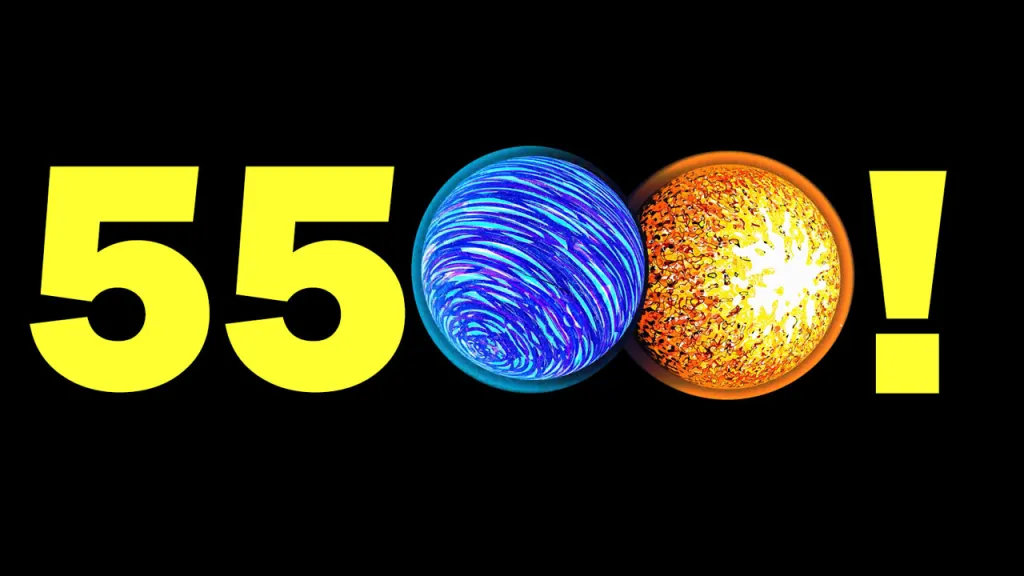
On Aug. 24, 2023, more than three decades after the first confirmation of planets beyond our own solar system, scientists…

Near-infrared spectral analysis of terminator confirms differences in morning and evening atmosphere Researchers using NASA’s James Webb Space Telescope have…

Why is the warm gas-giant exoplanet WASP-107 b so puffy? Two independent teams of researchers have an answer. Data collected…

An international team of researchers has successfully used NASA’s James Webb Space Telescope to map the weather on the hot…

Our star, the Sun, on occasion joins forces with the Moon to offer us Earthlings a spectacular solar eclipse –…

Two recently discovered exoplanets, gas giants possibly similar to Saturn, could be candidates for further atmospheric investigation.

